The term ‘Design thinking’ can be coined a clever marketing buzzword. The concept is not particularly new- but it’s certainly hot, and definitely great clickbait.
Today I’d like demonstrate how the concept of ‘design thinking’ relates to marketing at a deeper level. Looking at successful marketing strategies, they continuously innovate and drive improvements. Additionally, you'll find that excellent marketing managers are out of the box thinkers by definition. What design thinkers define as “a creative process based around the ‘building up of idea’ sits most naturally as part of the marketing function. Excellent marketers are by nature experts in design thinking.
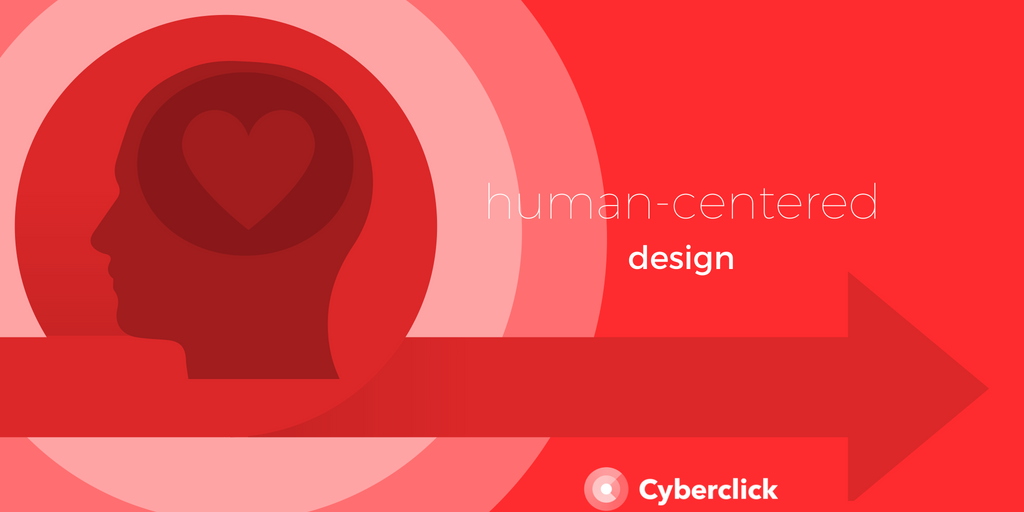
What is “Design”?
Herbert Simon (MIT Press, 1969) defined “design” as the “transformation of existing conditions into preferred ones” (p. 55).
What is “Design Thinking”?
“Design thinking is a human-centered approach to innovation that draws from the designer's toolkit to integrate the needs of people, the possibilities of technology, and the requirements for business success.” —Tim Brown, President and CEO of IDEO
So we are dealing with a process which is feedback based and creative. The process is not a linear path to innovation. What makes it different from critical thinking, is that instead of ‘breaking down’ ideas (deductive), it focusses on ‘building up’ ideas (inductive). In other words, design thinking focuses more on the creation of new hypotheses and ideas from observations. Design thinking is a process for innovation continuously driving improvements.
How does design thinking work?
“Design assumes human experience, always messy, as its decision and driver see true objectivity as an illusion. Reality, for a designer is always constructed by the people living it. Decision in this world are seen as driven by emotion rather than logic.” (Liedtka and Ogilvie 2011)
The key words I’d like to focus on here are human experience and messy.
- Human experience: marketers focus is developing engagement and brand interactions that are customer-centric, the focus is on the individual, the human experience.
Social/emotional intelligence and integrating empathy are vital to gaining deeper insights into customer emotions.
- Messy: One of the things that makes digital marketing fascinating is that it never stops evolving. With new tools and technologies, there are many unknowns, making the past a messy predictor for our future.
Out of the box thinking and innovation are necessary skills.
How do Marketers implement design thinking:
The 4 Whats
Over years there's been a lot of hype around the term design thinking as a concept. Designing for Growth: A Design Thinking Tool Kit for Managers (Liedtka and Ogilvie 2011) outlines a simple and practical application of design thinking through their ‘4 Whats’ framework. By looking at this framework through both the designers and marketers perspective, the relevance of design thinking for marketers becomes strikingly clear.
What is? - all about defining.
for designers…
Start from the customer’s point of view, and understanding the problem you want to tackle. Gain solid and deep insights to what customers truly want and need.
for marketers…
We would say- understand the customer pain points you aim to address.
Design activity is social by nature – just like marketing activity. As marketers, we focus on individual customer experiences and journeys. Designers and marketers alike understand each customer experience will be different.
What if? – all about investigation & ideation.
for designers…
In this stage designers create physical collaboration spaces. In these spaces it’s a rule to preserve ambiguity. Pursue possibilities, brainstorming and concept development, manage a portfolio of ideas and options, and examine complex problems.
for marketers…
The volatile marketing environment calls for curiosity, the more questions you ask, the more you’re prepared to make the right decision. Investigation and ideation is necessary to stay competitive with consistently new tools and tech. Through visualizing our findings in this stage, we generate alignment and consistency of new understandings. Great marketers will be able to view their brand and marketing through different perspectives. They see their efforts not just from 'within the box' but also from 'outside the box' by stripping all assumptions and presconceptions of the brand.
Ideation is the building block to innovation. Through investigating and exploring new ideas, we create a basis for improvement. Ideation and investigation is a technique used frequently by both designers and top marketers to challenge existing conditions, and think outside the box.
What wows? – all about prototyping & picking
for designers…
All design is redesign. Designers develop ideas alongside customers, through bringing them in directly at the beginning to give feedback starting from initial phases.
for marketers…
This means applying techniques like usability testing, gaining feedback directly from customers, and most recently neuromarketing to understand our customer’s mind. To develop ideas for our customers, we need to understand them. For example, neuromarketing allows us to apply Neuroscience to marketing so we can understand the consumer’s mind through Technologies like eye tracking.
Both designers and marketers use a hypothesis testing approach, think about integrating user feedback early, and most importantly find the customer sweet spot!
What works? – all about launching & learning
for designers…
When designers get real and test their prototypes with users and review them. This is the learning in action stage. They innovate prototypes through an iterative process known as feedback cycles.
for marketers…
Our approach to testing marketing campaigns is A/B testing! By testing two variations of any given element in our marketing campaign we can compare their success. Marketers innovate through comparing these successes and applying those with the best results.
Designers say prototypes, marketers say A/B testing. Both designers and marketers work is human centered- and requires human feedback. This feedback and collaboration is important both internally between teams, as well as externally with customers. Through launching early on and continuously evaluating, we are accelerating the pace of improvement and eventually innovation.
It's all about humans.
That completes the analysis of the processual approach of design thinking through ‘The 4 Whats’ framework. By nature, designers and top marketers share “a creative process based around the ‘building up’ of ideas’”. Fundamentally the relation between top marketers and design thinking, is the human-centered approach.
Both designers and marketers need a deep understanding of their customer’s needs, habits and desires. They need this level of emotional intelligence to engage and design interactions between consumers and brands. Through interactions, marketers and designers gain insight and feedback, and can feed this into their loop of continuous improvements.
Design thinking requires customer centricity, both internal and external feedback, and an open- minded culture. A closer look at design thinking in the light of marketing shows the large extent to which a marketing team can benefit from applying a design approach.
Jessica ha cursado negocios internacionales en Warwick Business School y tiene especial interés por los emprendedores sociales.
International Business at Warwick Business School. Inspired by Social Entrepreneurs.
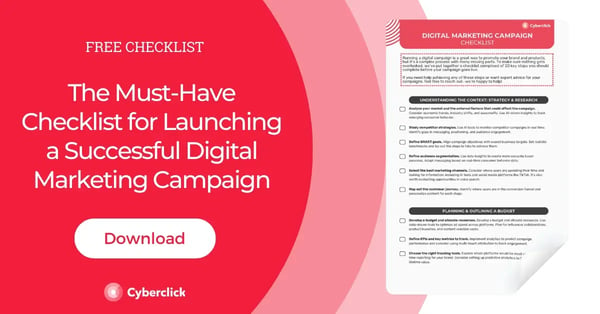

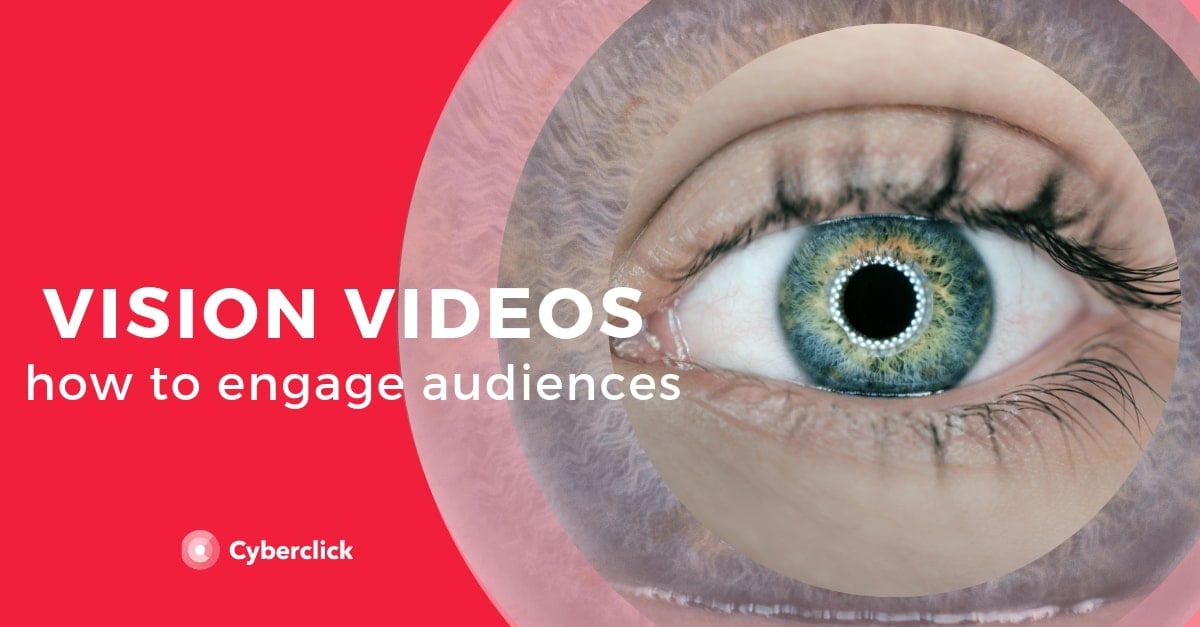
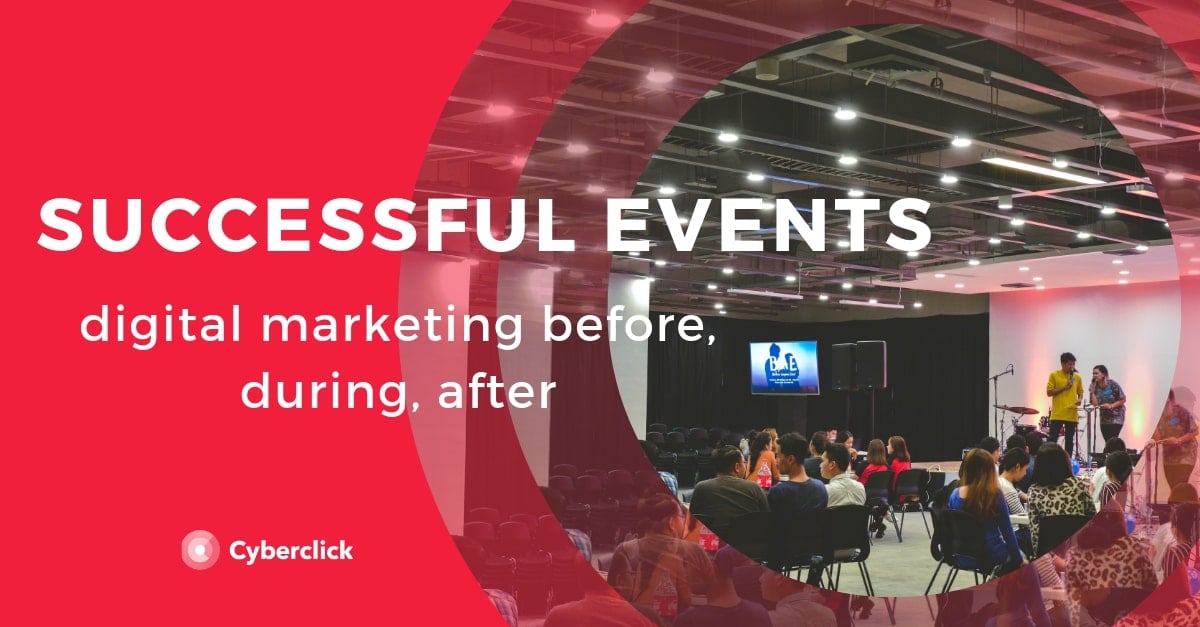
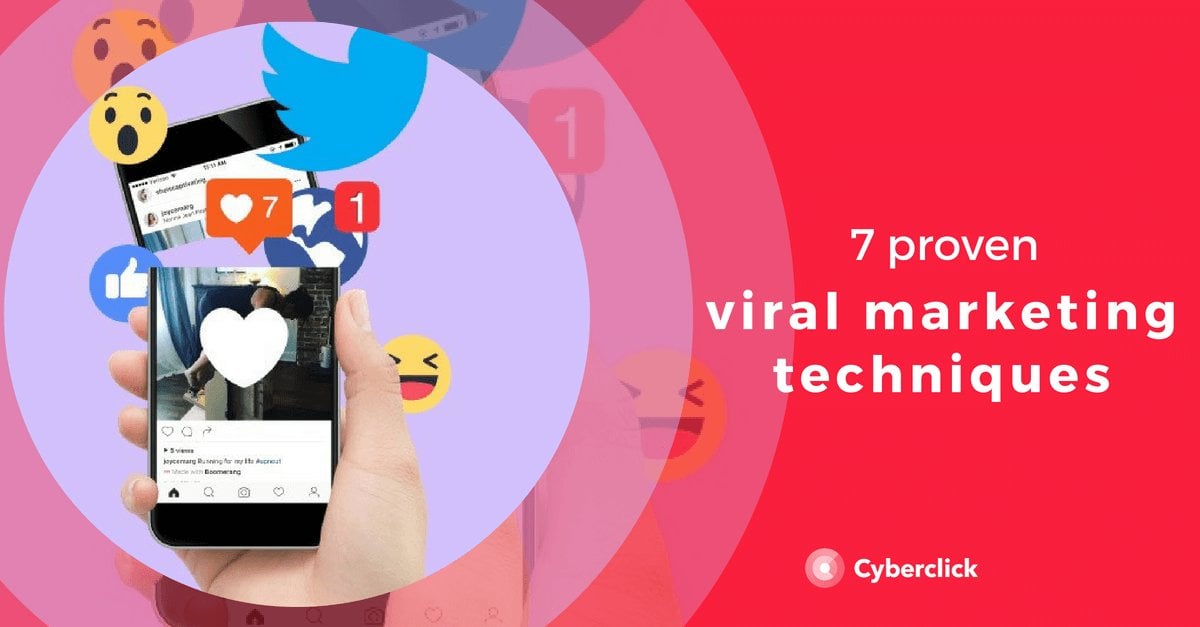
Leave your comment and join the conversation